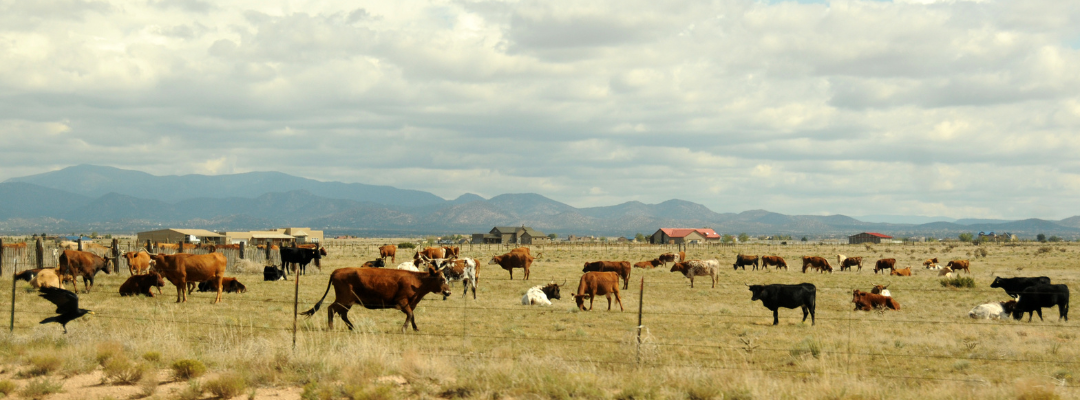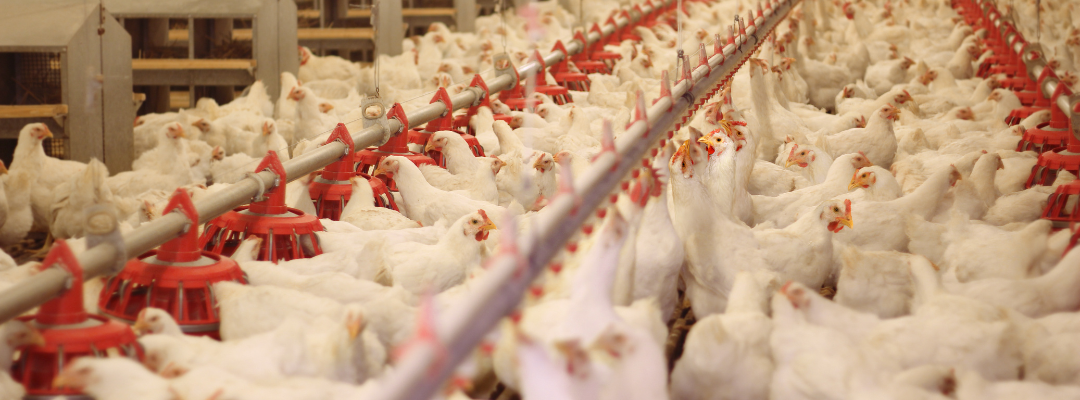Estate planning is not a topic most people are excited to consider. However, having certain key documents in place can help ensure that one’s wishes are followed and help ease the legal burden on family members left behind. Many states, like Texas, for example, offer statutory forms for certain documents such as powers of attorney and advanced directives, making it easy for residents to prepare and execute these documents.
There are five key documents for everyone to have in place:
- Will
A will is simply a document providing how certain assets will be handled upon a person’s death and often appoints an executor to act on behalf of the estate. The specific rules for executing a will differ by state and may require signatures before witnesses or a notary on the particular state law. It is highly recommended to have an attorney help draft a will, particularly if an estate includes minor children, adults with special needs, or significant assets such as a farm or ranch.
2. Advanced Directive
An Advanced Directive is a document instructing a physician of the patient’s wishes regarding life-sustaining treatment in the event they are diagnosed as terminal or irreversible. This document clarifies how the patient wants to be treated in this scenario and is designed to avoid devastating family conflicts when wishes are unknown.
3. Medical Power of Attorney
A Medical Power of Attorney allows the person executing the document to appoint an agent to make medical decisions on they behalf in the event the signor is incapacitated. For example, if a patient is unconscious during a surgical procedure and a decision must be made, the medical power of attorney would allow the agent to make that decision legally.
4. HIPAA Release
The “Healthcare Insurance Portability and Accountability Act” protects a person’s private healthcare information from disclosure. Generally, this is a positive, but it can be if a person is incapacitated, and family members are unable to obtain information about the care or condition of their loved one. A simple form can help alleviate this issue and ensure a selected representative can obtain medical information.
5. Durable Power of Attorney
A power of attorney allows the signor to appoint an agent to act on their behalf to handle financial affairs. The power of attorney may be general (meaning the POA becomes effective immediately upon signing) or springing (which means the POA is not effective until a future event or date–usually the signor being declared incapacitated by a doctor). This document allows an appointed agent to do things like pay bills, manage bank accounts, and deal with real estate issues.
Lashmet, Tiffany. “Key Estate Planning Documents“. Southern Ag Today 2(35.5). August 26, 2022. Permalink









